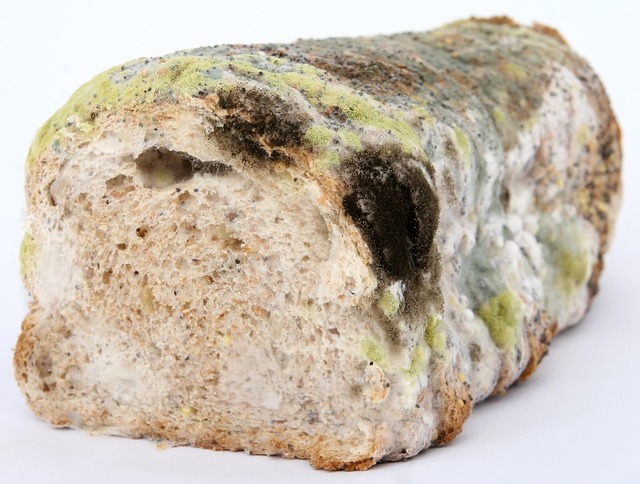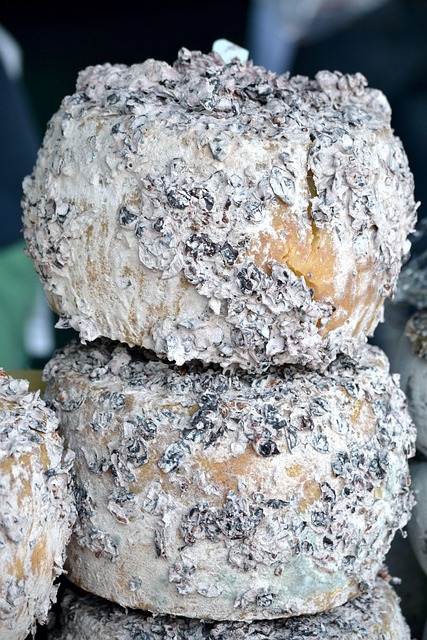Post-remediation testing is crucial for New Braunfels homes with high humidity and mold problems, ensuring a safe environment. This involves sampling to verify mold elimination, preventing health risks and restoring peace of mind. The process includes advanced techniques like air quality, surface swabbing, and dust sampling to confirm successful remediation, addressing underlying issues like poor ventilation or leaks alongside cleanup.
“Post-remediation testing is an essential step in ensuring a safe and healthy home environment after addressing mold growth, especially in areas like New Braunfels where high humidity contributes to persistent mold issues. This article delves into the critical role of post-remediation testing, focusing on high humidity’s impact on local homes. We’ll explore how this process confirms the effectiveness of remediation efforts, identifies lingering problems, and provides peace of mind for homeowners. By understanding these procedures, New Braunfels residents can navigate mold growth challenges effectively.”
- Understanding Post-Remediation Testing: Ensuring a Safe Home Environment
- The Role of High Humidity in Mold Growth and Its Impact on New Braunfels Homes
- Comprehensive Guide to Mold Remediation Testing Procedures
Understanding Post-Remediation Testing: Ensuring a Safe Home Environment

Post-remediation testing is a critical step in ensuring that a home previously plagued by high humidity and mold growth issues in New Braunfels is now safe to inhabit. It involves taking samples from various areas within the home to verify that all mold has been effectively eliminated, thus preventing any potential health risks for residents. This meticulous process checks for both visible and hidden mold, as it can thrive in difficult-to-reach corners or under flooring.
Such testing is essential for restoring peace of mind and confirming that the remediation efforts have been successful. By conducting these tests, homeowners can be assured that their living environment is free from the allergens and potential toxins associated with mold, creating a healthier space for themselves and their families. It’s a crucial step in reclaiming control over one’s home after addressing serious mold growth problems.
The Role of High Humidity in Mold Growth and Its Impact on New Braunfels Homes

In New Braunfels homes, high humidity levels often create an ideal environment for mold to thrive and grow. Mold spores, which are present naturally in the air, require a moist setting to germinate and develop into colonies. When indoor humidity exceeds 60%, it becomes a breeding ground for these microscopic organisms, leading to significant health concerns and structural damage over time. The warm, humid climate of New Braunfels makes this an even more prevalent issue, as moisture can accumulate in walls, attics, and crawl spaces, providing the perfect conditions for mold to flourish.
This persistent high humidity often indicates underlying problems such as poor ventilation, leaks, or inadequate air conditioning, which must be addressed alongside mold remediation. Effective solutions involve implementing strategies to reduce moisture levels, like improving ventilation, using dehumidifiers, and ensuring proper insulation. By tackling both the immediate mold growth issue and the root cause of excess humidity, New Braunfels residents can prevent future mold-related problems, ensuring a healthier living environment for their families.
Comprehensive Guide to Mold Remediation Testing Procedures

After a thorough mold remediation process, ensuring that all visible signs of mold have been eliminated is crucial for maintaining a healthy living environment in New Braunfels homes, especially those plagued by high humidity and mold growth issues. Post-remediation testing plays a pivotal role in verifying the effectiveness of the cleanup efforts. This involves employing advanced techniques to detect even trace amounts of mold spores, ensuring that no hidden sources remain.
A comprehensive guide to mold remediation testing procedures includes several key steps. Initial air quality testing measures the presence and concentration of mold spores before and after remediation to establish a baseline and compare results. Surface swabs are used to collect samples from various areas, including hard-to-reach corners, as mold can hide in cracks and crevices. Lastly, sampling of settled dust provides insights into long-term spore levels, helping to confirm the success of the remediation process.
Post-remediation testing is a crucial step in ensuring a safe home environment after addressing mold growth, especially considering the significant role of high humidity in perpetuating these issues in New Braunfels homes. By following comprehensive testing procedures, homeowners can rest assured that their living spaces are free from hazardous molds and maintain a healthier indoor environment for years to come.
